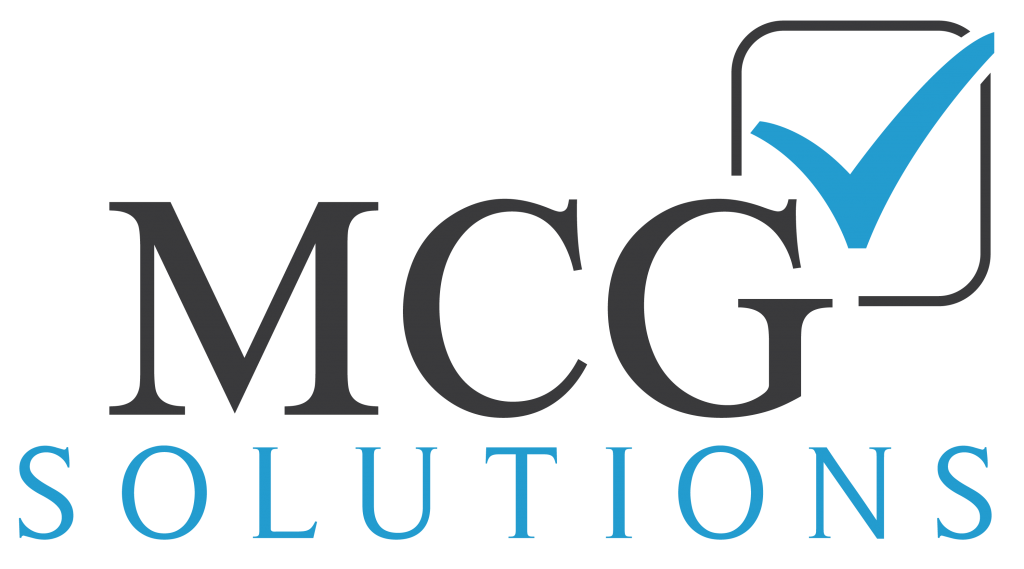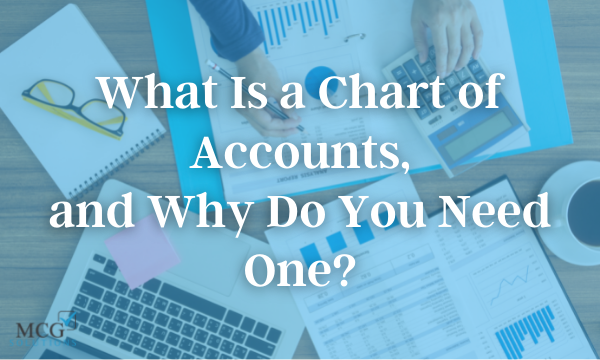Charts of accounts (COAs) are a financial organizational tool. Companies should be able to provide a clear snapshot of their financial health for interested parties, such as investors, shareholders and more.
COA contents can vary, depending on the type of business you run. Typically, they contain a list of assets, liabilities, revenue, expenses and equity, along with industry- and business-specific subcategories. Here’s an overview of COAs and why your business needs one.
Understanding COAs
A chart of accounts is like a “master list” of your financial assets and liabilities. COAs typically include:
- Assets: These include cash, bank accounts, accounts receivable and assets, as well as non-current assets like office and computer equipment.
- Liabilities: Liabilities may include short-term debt paid back within 12 months, accounts payable, tax liabilities and more.
- Equity: Equity is the shareholder’s stake in the company, such as common stock, preferred stock and retained earnings.
- Revenue: This is the money the company brings in.
- Expenses: Expenses may include “ordinary and necessary costs” to run your business, like rent, internet access, bookkeeping services and more.
Each category usually includes subcategories, like cost of goods sold (COGS), travel, marketing, payroll and more. The categories you choose will depending on your industry and type of business. For instance, if your business provides a service, you may not need a COGS subcategory. If you work from home, without a dedicated home office, you may not need a rent subcategory.
Why you need a COA
COAs provide a clear financial overview of your company—which is why detail and consistency are key. Potential investors and shareholders find COAs useful, but you will also benefit from tracking this information.
Business owners can use COAs to track your financial transactions and make appropriate comparisons. An updated and accurate COA allows you to rely on up-to-date financial data. Without one, you could miss inconsistencies and rely on out-of-date information. This can be devastating for small businesses.
COA tips and tricks
To keep data consistent, create a coding system for each transaction type. It’s helpful to use detailed descriptions of categories. This allows employees and bookkeepers to accurately categorize and analyze data.
Be sure to use the same system each year. This is key: otherwise, you may not be able to accurately compare your data. To that end, you can add as many subcategories and accounts as you need each year—but don’t delete any. This can create inconsistencies in your books.
Finally, make sure that your COA follows the guidelines set by the Financial Accounting Standards Board (FASB) and generally accepted accounting principles (GAAP). MCG Solutions can help you set up a detailed, easy-to-use COA system, and adhere to the appropriate standards.
A good COA helps owners and interested third parties evaluate your financial health. Keeping clear, accurate and consistent records will also ensure that you can make appropriate, informed financial decisions.
MCG Solutions would be pleased to help you compile a comprehensive chart of accounts. When you’re ready for outstanding bookkeeping and tax preparation assistance, give us a call.

